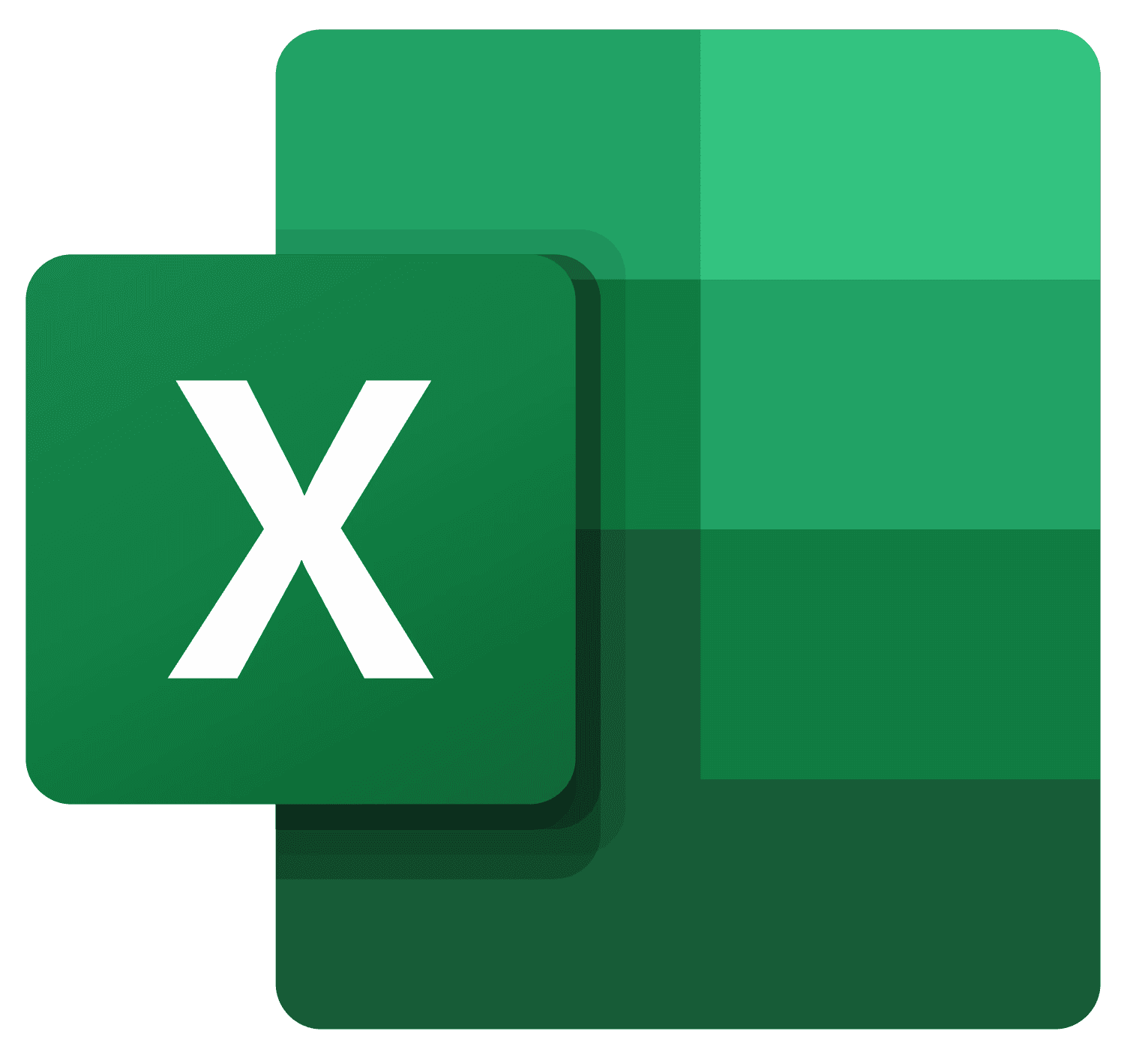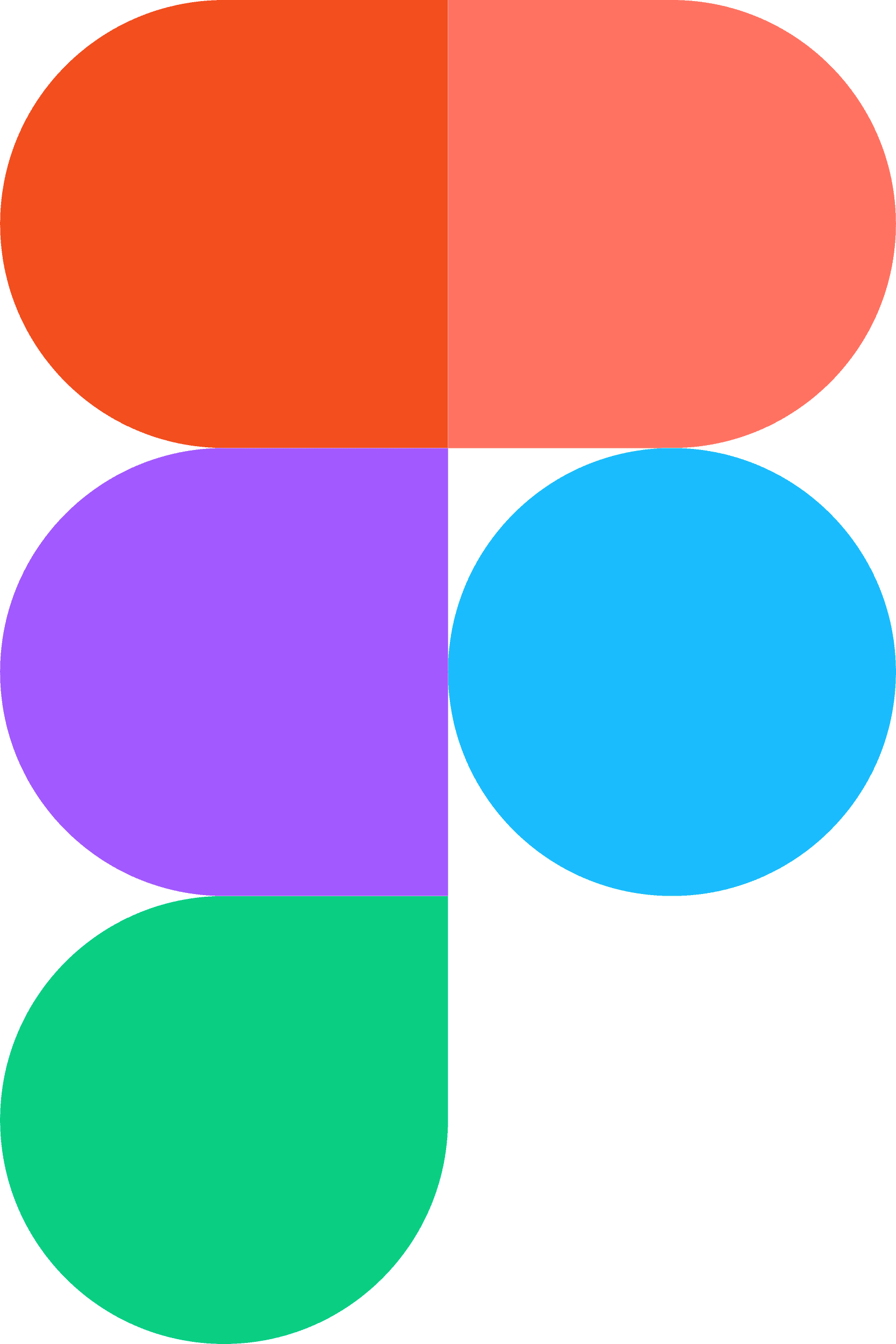My Amazon Spending
Analysis of personal Amazon purchases made in 2020, utilizing a Tableau dashboard to explore and visualize various aspects of the data.
Skills Used
Challenge
What began as a seemingly straightforward data acquisition task quickly revealed itself as a multi-faceted challenge. I initially expected Amazon's data export feature to provide instant access to my purchasing history. Instead, I discovered that requesting comprehensive historical data required a formal process that took approximately two weeks to complete.
This delay highlighted the complexity of working with real-world data from major platforms that handle vast amounts of user information. Once I finally received the data, I encountered another significant obstacle: Amazon's complex nested subcategory classification system rendered the 'Product Category' column largely ineffective for meaningful analysis. Each product was categorized using Amazon's internal hierarchy, which didn't align with the intuitive groupings needed for insightful visualization.
To overcome this limitation, I developed a systematic approach to manually recategorize each product purchase, creating a custom taxonomy that better served my analytical objectives. This meticulous data cleaning process, while time-consuming, was essential to ensure the dataset would yield valuable insights when visualized in Tableau.
After cleaning and restructuring the data, I employed Tableau to create interactive visualizations that revealed spending patterns across different product categories, time periods, and price ranges. I focused on designing dashboards that would tell a coherent story about collective purchasing behaviors while maintaining an aesthetically pleasing and intuitive user interface.
Results
The analysis yielded several interesting insights about shared Amazon usage patterns. It's important to note that the account I analyzed is a shared Amazon Prime subscription used by 11 people in total (myself included). The cumulative spending of approximately $4,500 represents our collective purchasing behavior during an unusual period - the COVID-19 lockdown - when online shopping became a primary means of acquiring goods for many households.
The visualization revealed distinct usage patterns among the account members, with some friends utilizing the shared account significantly more than others, including myself. This dynamic created an interesting social dimension to the data analysis.
The project timeline coincided with my first custom PC build, which is clearly reflected in the 'Most Popular Categories' chart where computer components and peripherals feature prominently. This personal context adds another layer to understanding the spending distribution.








